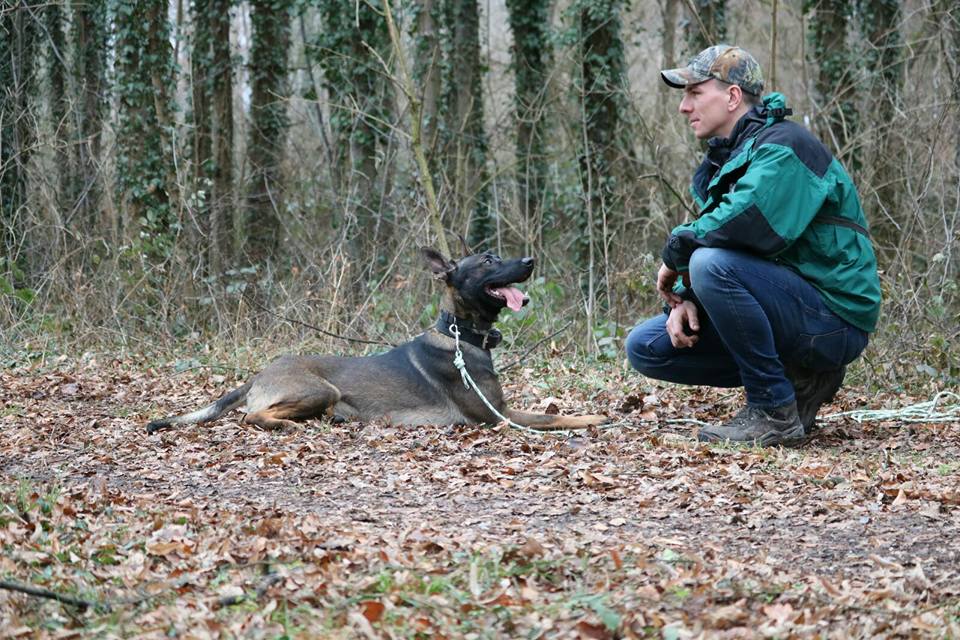Clicker Training: Beyond the Basics

Introduction:
Clicker training has become a widely embraced and effective method for teaching pets new behaviors, but what happens when your furry friend masters the basics? The journey doesn’t end there! In this blog post, we’ll explore the exciting realm of “Clicker Training: Beyond the Basics.” Let’s delve into advanced techniques and creative applications that will elevate your pet’s training to a whole new level.
Shaping complex behaviors:
Beyond the fundamental commands like sit and stay, clicker training allows you to shape more complex behaviors. Break down intricate actions into smaller, manageable steps, and reward each successful attempt. Whether it’s weaving through obstacles or performing a sequence of tricks, shaping enables your pet to grasp sophisticated behaviors one click at a time.
Target training for precision:
Target training involves teaching your pet to touch a specific object with a part of their body, such as their nose or paw. This advanced technique not only refines your pet’s motor skills but also enhances their ability to follow precise commands. From touching a target stick to interacting with specific items, target training opens up a world of possibilities.
Adding Distractions to the Mix:
Take your clicker training outdoors or introduce controlled distractions at home. This step challenges your pet to focus on your commands amidst real-world stimuli. Whether it’s other animals, noise, or changing environments, incorporating distractions into training sessions builds resilience and concentration.
Introducing Verbal Cues:
While the clicker is a powerful tool for communication, integrating verbal cues adds an extra layer of sophistication. Attach a command to each behavior, and gradually phase out the clicker as your pet becomes more responsive to your voice. This transition enhances their ability to understand and respond to verbal instructions.
Problem-Solving Challenges:
Stimulate your pet’s cognitive abilities by introducing problem-solving challenges. Hide treats in puzzle toys or create DIY obstacle courses that require strategic thinking. These challenges not only keep training sessions engaging but also foster mental stimulation, promoting a well-rounded and intelligent pet.
Fine-Tuning for Precision:
As your pet progresses, focus on fine-tuning their existing behaviors. Pay attention to details like posture, duration, and intensity. This level of precision ensures that your pet’s performance is not just correct but also polished, showcasing a high level of proficiency in each trained behavior.
Incorporating clicker training into daily life:
Extend clicker training beyond formal sessions by incorporating it into your pet’s daily routine. Reinforce good behavior during walks, at mealtime, or during play. This integration creates a consistent learning environment, reinforcing positive habits throughout your pet’s daily life.
Conclusion:
Clicker training is a dynamic and versatile method that goes far beyond teaching simple commands. By exploring advanced techniques, introducing challenges, and incorporating training into daily life, you can unlock your pet’s full potential. Take the time to enjoy the journey of discovery with your furry companion, and watch as the bond between you and your pet deepens through the power of clicker training.
Clicker Training: Beyond the Basics Read More »
